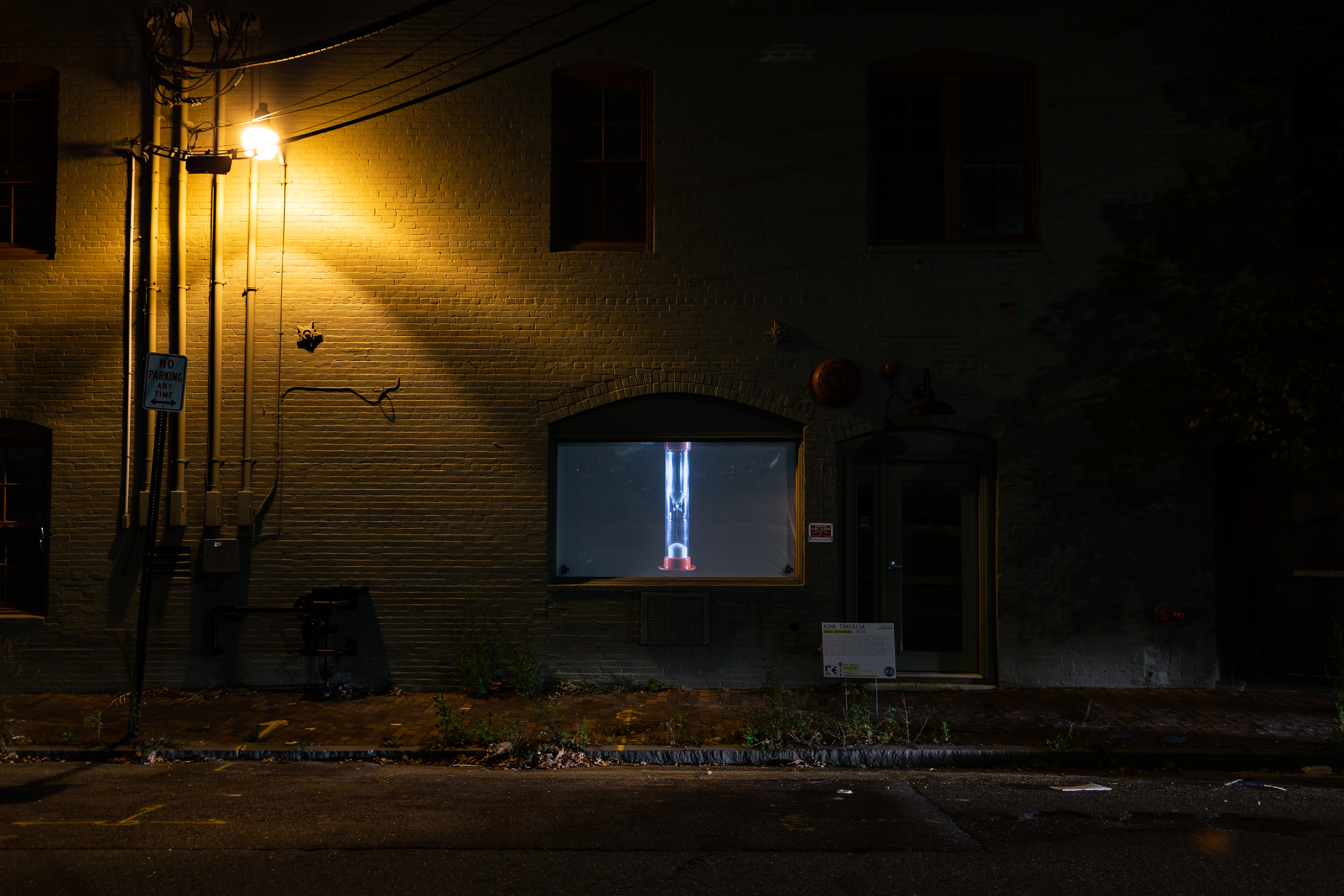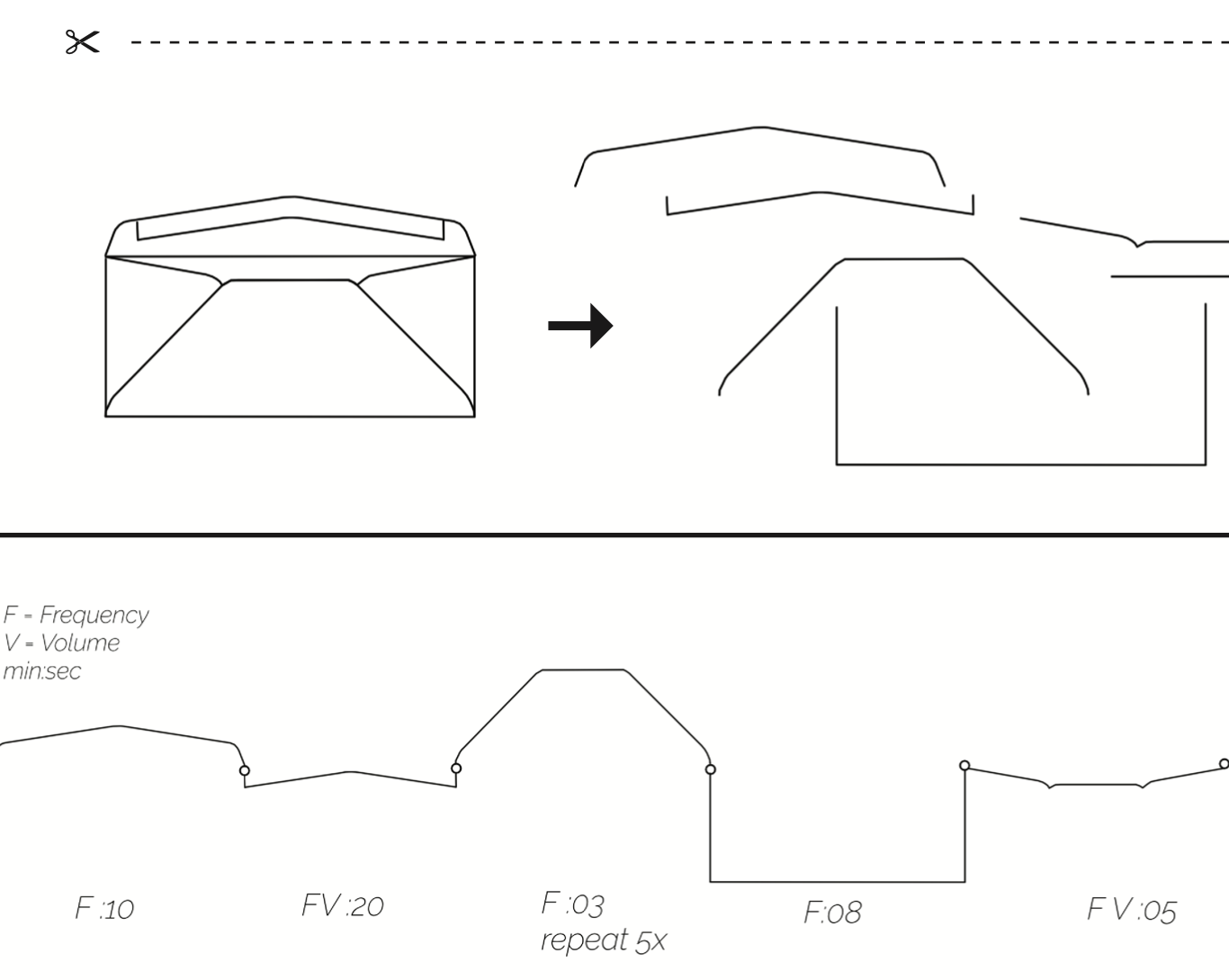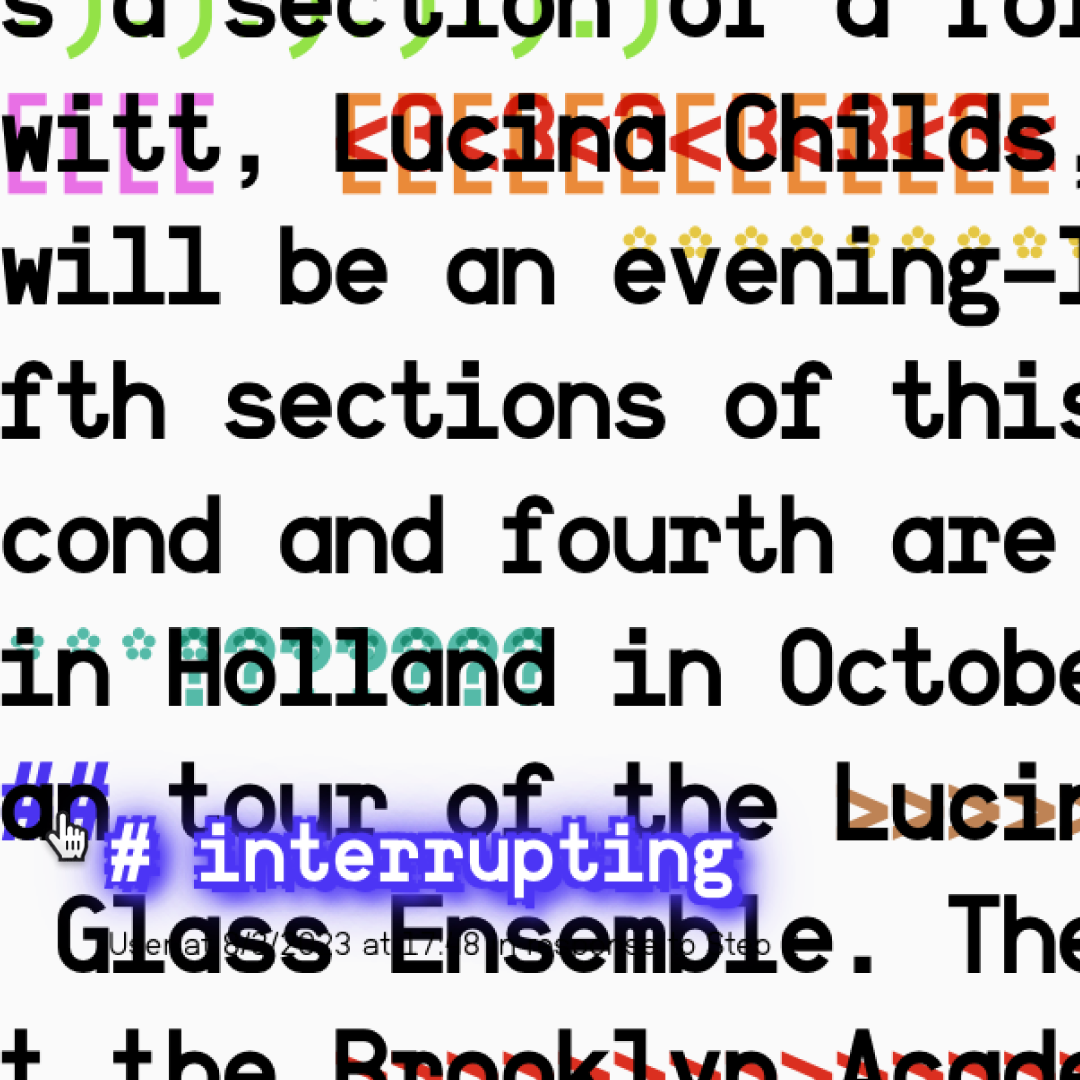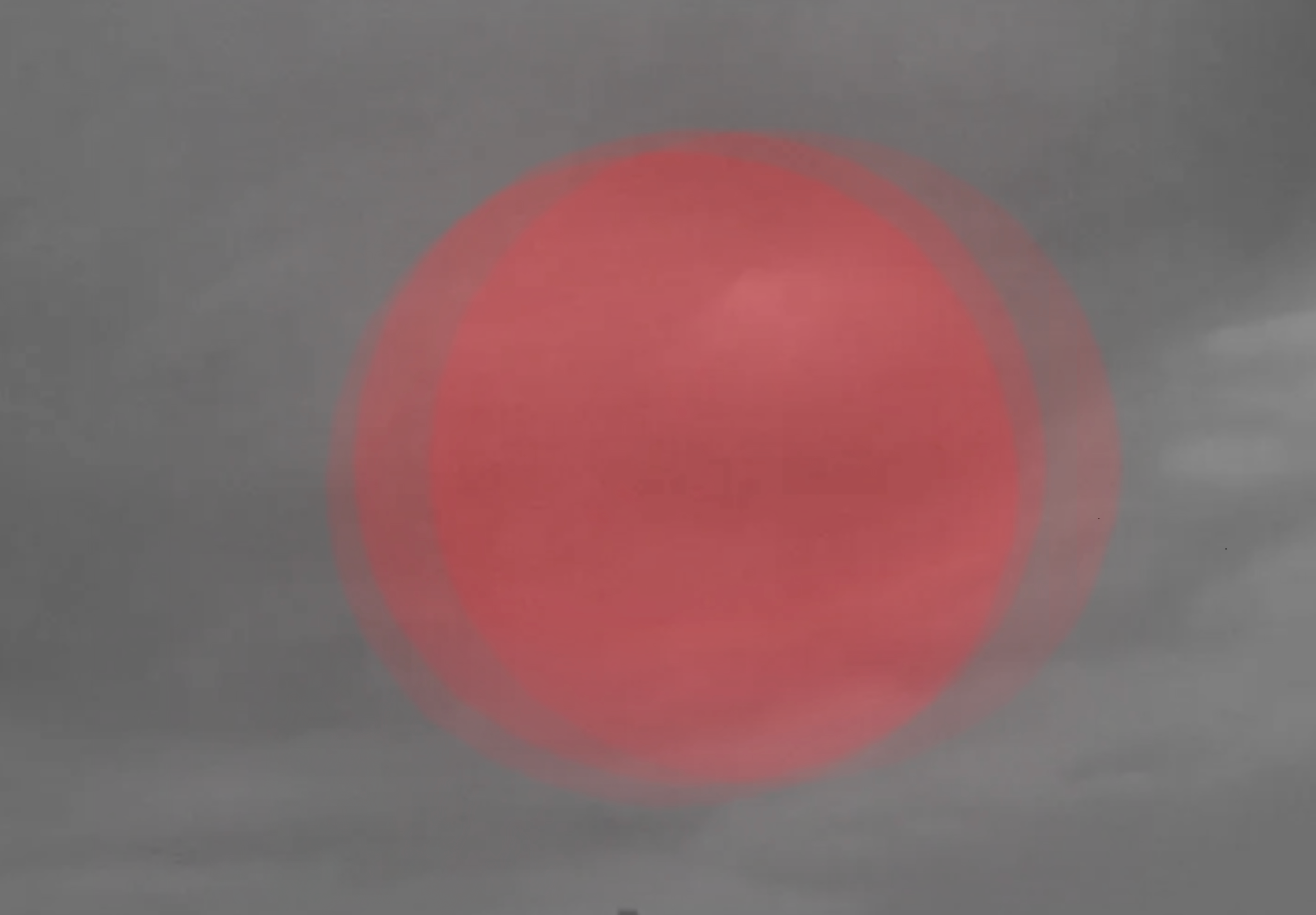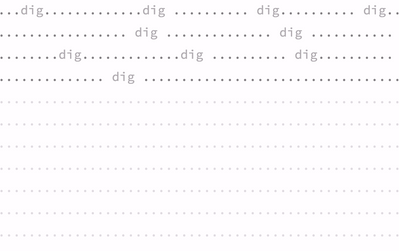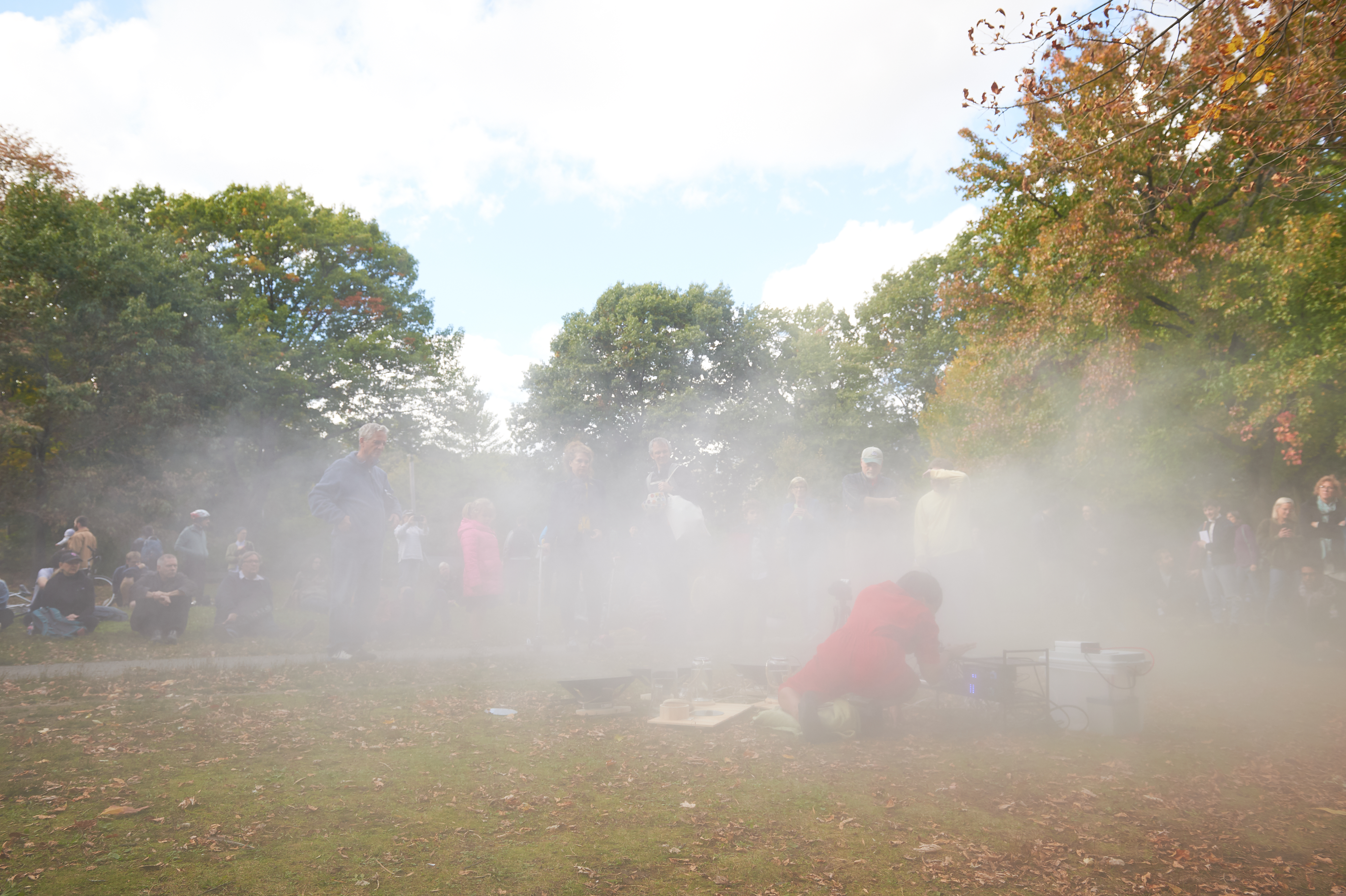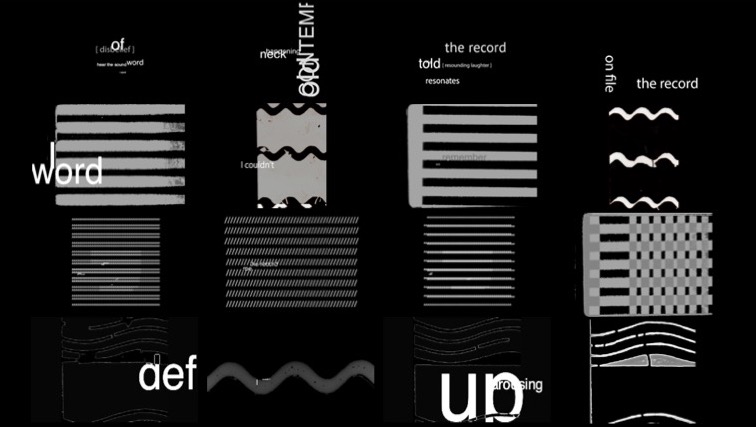SOUR SOLVENTS [2020]
︎︎︎ link to video
︎︎︎ link to info
text courtesy of the Portland Museum of Art
Sour Solvents lingers on a substance that played a little-known but profound role in Portland Maine’s economy: sugar. Portland was the site of one of the largest sugar refineries in the United States, importing sugar from the West Indies for decades and profiting from slavery’s ongoing presence in places like Cuba well into the 1870s and 1880s. Sour Solvents, originally on view in 2020 as a site-specific installation at the former location of the Portland Sugar House, is a three-part video that melds glimpses of granular sugar crystals with hourglass sand. Through this close juxtaposition, Tamirisa produces a kind of visual alchemy that gestures to the tendency of history to absorb and dissolve difficult truths. Spliced with terse subtitles excerpted from silent films documenting sugar production—“how we get sugar”—the video confronts the long pattern of distancing the luxury commodity from the horrific conditions endured by the enslaved laborers who harvested it.
Exhibited in:
Re-Site, Space Gallery
Passages in American Art, Portland Museum of Art
Part of the permanent collection at the Portland Museum of Art
